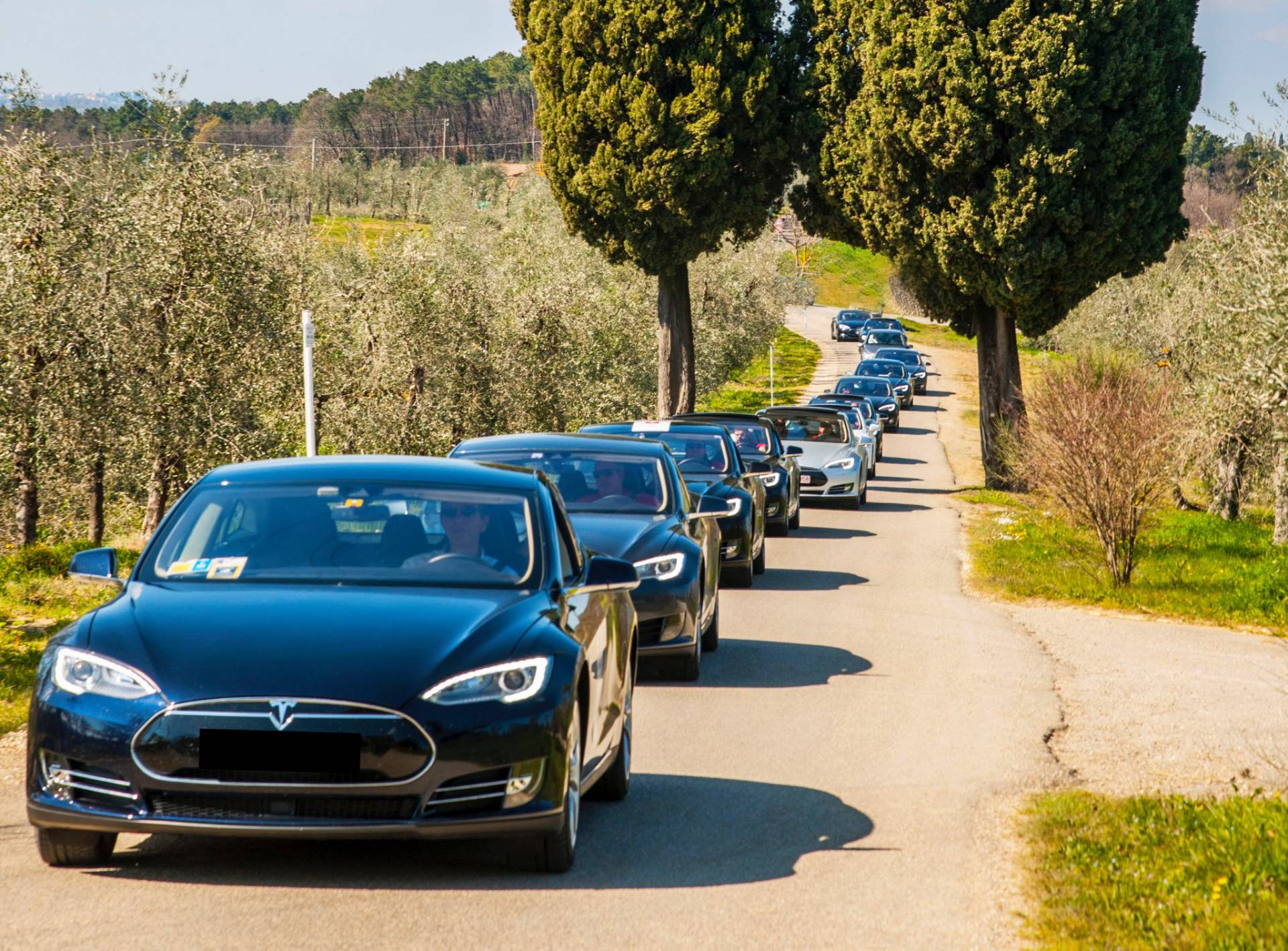Tesla has presented its latest self-driving system, which relies on cameras and radars to generate maps of the vehicle’s surroundings. The new system is Autopilot, and it is not meant to serve as a replacement for a human driver.
Tesla is competing with Mobileye, which is the leading supplier of autopilot features for over ten car manufacturers. Mobileye has already announced contracts with Intel and BMW. On the other hand, graphics processing unit manufacturers Nvidia sided with Tesla to try and deliver the first self-driving car. The carmaker that manages to successfully launch such vehicle to the market will have a considerable advantage over the competition.

The quest for a safe self-driving car
The first reported death due to an Autopilot crash occurred on May 7, in Florida. A Tesla Model S crashed into the trailer of an 18-wheeler, resulting in the roof being fully torn due to the impact.
According to Elon Musk, the car did not brake because it sensed the truck as an overhead road sign, which the Autopilot is programmed to ignore to avoid false braking emergencies. The U.S. National Highway Traffic Safety Administration recognized that Tesla’s Autopilot is not supposed to handle these types of events.
Tesla’s Autopilot will cost $5,000, although it is waiting for regulatory approval. Elon Musk assures that the new hardware will allow for the development of self-driving vehicles shortly.
According to Tesla, the latest version of Autopilot can change lanes, look for parking spots, park perpendicularly, and steer by itself. Tesla’s Autopilot will also let the driver summon the car from outside the garage, and it is now able to adjust the car’s speed to traffic conditions, even in heavy traffic.
Tesla self-driving vehicles will now be able to move to a different lane if there’s slow traffic. This will be performed without any input from the driver, although one has to wonder if the vehicle can miscalculate these lane switches to take the next exit on a highway.
One also must consider other drivers that may cut off the self-driving vehicle, which could result in a collision. But the company assures that the sensors are now able to spot such events with enough precision. Reportedly, the car will signal in advance whenever the correct exit is approaching.
Tesla’s Enhanced Autopilot will also feature a better self-steering mechanism, which will let cars navigate more complex road situations with relative ease.
According to sensor experts, cameras for self-driving cars are a dilemma because they depend on optics to work, which means that in the dark or when receiving intense light, cameras become useless. On the other hand, lidar, the system used by Mobileye, can compute full detailed view of the vehicle’s surroundings, although its usefulness is reduced when there’s rain or snow.
The Tesla Enhanced Autopilot feature is only available on Tesla Model S or Model X, mainly because it needs the latest hardware developed by the company to function. The new Tesla Model 3 will also feature the new Autopilot as an alternative.
Source: Business Insider
